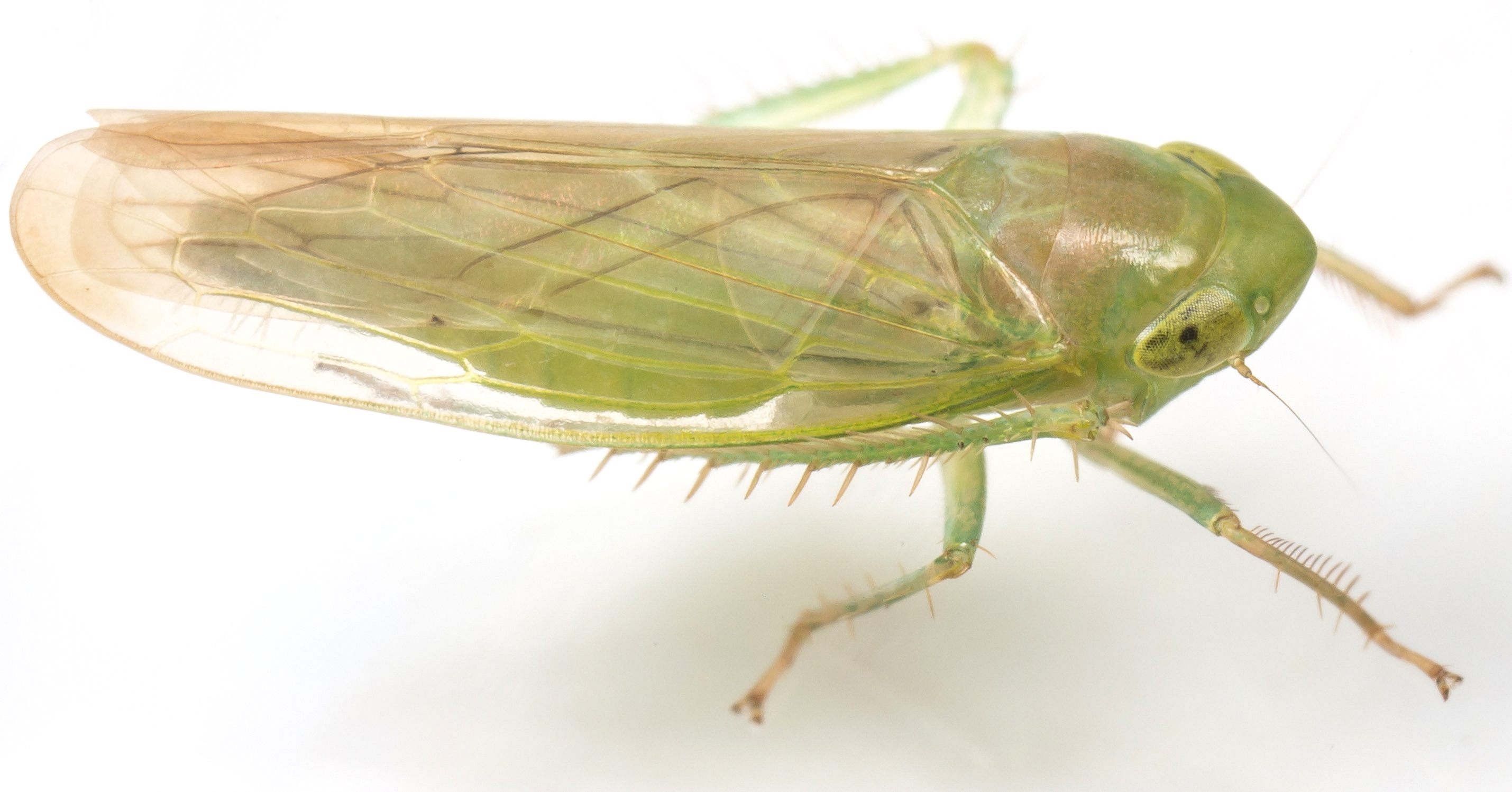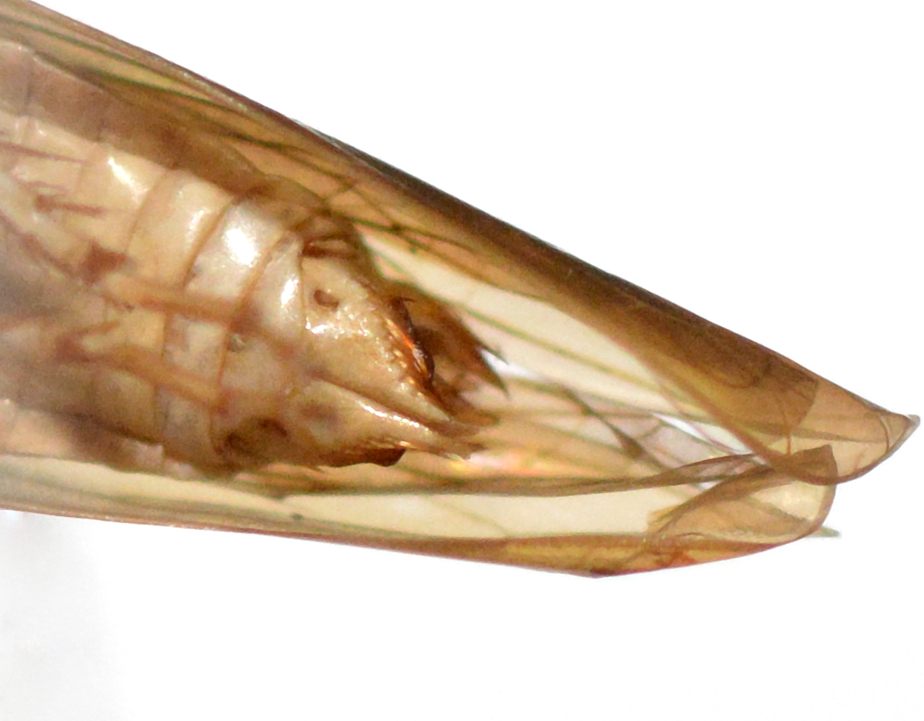|
|
|
|
Species Photo Gallery for Chlorotettix nudatus No Common Name 12 |
 | Photo by: Rob Van Epps
Mecklenburg Co.
Comment: | 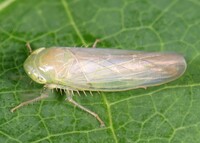 | Photo by: Rob Van Epps
Mecklenburg Co.
Comment: |
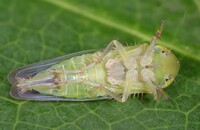 | Photo by: Rob Van Epps
Mecklenburg Co.
Comment: | 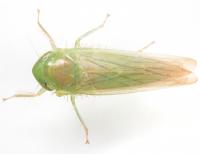 | Photo by: John Rosenfeld
Out Of State Co.
Comment: female |
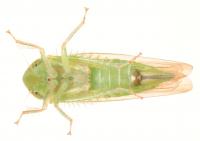 | Photo by: John Rosenfeld
Out Of State Co.
Comment: female |  | Photo by: John Rosenfeld
Out Of State Co.
Comment: female |
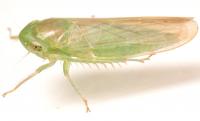 | Photo by: John Rosenfeld
Out Of State Co.
Comment: female | 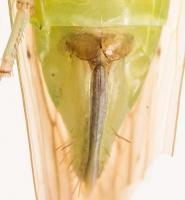 | Photo by: John Rosenfeld
Out Of State Co.
Comment: female |
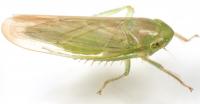 | Photo by: John Rosenfeld
Out Of State Co.
Comment: female |  | Photo by: John Rosenfeld
Out Of State Co.
Comment: female |
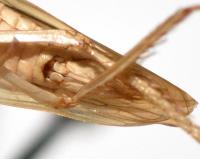 | Photo by: Kyle Kittelberger
Out Of State Co.
Comment: female; NCSU specimen | 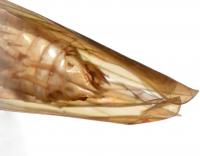 | Photo by: Kyle Kittelberger
Out Of State Co.
Comment: male; NCSU specimen |
|

 »
»